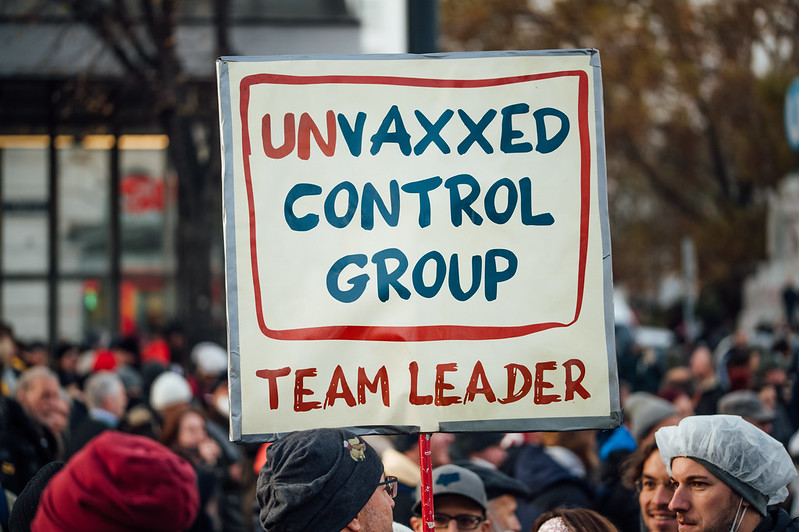One of the most well-known anti-vaccination movement was created after a paper by Andrew Wakefield published in 1998 in Lancet claimed that twenty of his patients had a certain type of colitis and autism as a result of the MMR (Measles, mumps and rubella) vaccine, the paper was later retracted (Tafuri 2011). The health of children, as well as public health, fell victim to the impact of this article as parents who align themselves with vaccine resistance movements see refusal of such vaccines as the best option for their children, even though a lack of vaccination could compromise the health of their children (Green et al. 2021). Research connecting the MMR Vaccine to Autism’s impact on public opinion was conducted by Motta and Steccula (Skafle et al. 2022). The Wakefield article began a whole new wave of vaccine resistance. After the research was published, and the publicity around it, the “anti vax ” movement and general vaccine resistance became more and more popular as have claims suggesting vaccines are dangerous (Skafle et al. 2022). Some people began to feel that they were not doing their duty as a parent or as a person in terms of health if they promoted or agreed with the vaccine after; such an attitude can be very detrimental, as widespread belief in such misinformation can facilitate outbreaks.

Worry surrounding side-effects is one of the top concerns surrounding covid vaccine hesitancy (Skafle et al. 2022). Misinformation about COVID-19 vaccine side effects ranges from claims of infertility, physical deformities, chronic illness, mental illness and changes in DNA (Skafle et al. 2022). However, the release of a CDC report announcing myocarditis as a documented potential side effect of the vaccine could have increased hesitancy. In a survey of data released in November of 2021, 31% of those surveyed said that they had heard that the vaccine caused infertility and 8% believed it to be true while 23% were unsure if it was true (KFF 2023). During the time of the pandemic, COVID-19 vaccine resistance happened to be one of the outcomes of misinformation. One prominent theory, which led to a new wave of vaccine resistance, include, the “5G theory” which was based on the idea that the installation 5G cell towers was the cause of the COVID-19 outbreak, (Ahmed et al. 2020 A). The 5G theory progressed into the microchip vaccine theory, which claimed that the purpose of the vaccine was for the government to plant a microchip to control and surveil people who received it (Flaherty, Sturm and Farries 2022). While that same survey data from November of 2021 showed that 7% believed that the vaccines contained a microchip and 17% heard that the vaccines contained a microchip but were unsure if it was true (KFF 2023).
